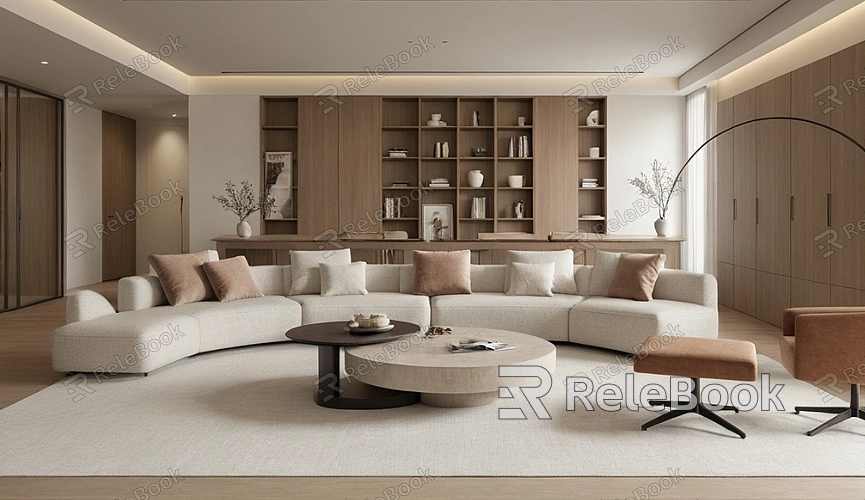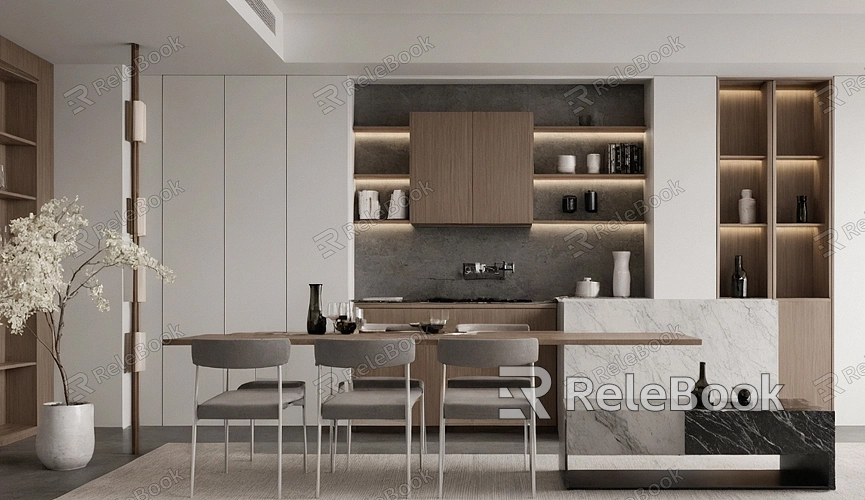How to Reshape 3D Models in 3D Paint?
With the advancement of technology, many users can utilize different tools to create and modify these models. Among these tools, 3D Paint is a user-friendly application that, while relatively basic in its capabilities, still offers significant potential for reshaping 3D models. This article will provide a detailed guide on how to effectively reshape 3D models in 3D Paint, helping users master this skill and enhance their design capabilities.

Understanding the Basic Functions of 3D Paint
Before diving into reshaping, it’s essential to understand the basic functions of 3D Paint. This software allows users to create, edit, and color 3D models. Its intuitive interface is suitable for both beginners and experienced users alike. You can utilize various drawing and painting tools to make basic modifications to your models. Additionally, 3D Paint supports multiple file formats for importing and exporting, enhancing compatibility with other software.
Preparation Work
Before reshaping, it’s important to select an appropriate model. You can find free 3D models online or use your creations. Ensure the model is of good quality, as this will make the subsequent modifications easier and more effective. After downloading or importing the model, open 3D Paint and familiarize yourself with the interface and toolbar for smoother operations.

Importing the Model
Importing your prepared 3D model into 3D Paint is the first step in the reshaping process. After opening the software, select the “Import Model” option, locate the file you downloaded or created, and click to confirm. Once successfully imported, the model will appear on the canvas. At this stage, you can rotate, scale, or move the model to better observe its structure. This step is crucial for the detailed modifications to follow.
Observing and Analyzing the Model
Before starting modifications, it is necessary to observe and analyze the model. Carefully examine each part to understand its structure and characteristics. Use rotation and zooming to scrutinize the details, and take notes on areas that need improvement. Analyze the proportions, shapes, and surface details of the model, clarifying how you wish to reshape it.
Using Basic Tools for Reshaping
3D Paint offers various tools that can be used for reshaping models. First, you can use the “Shape Tool” to adjust the basic shapes of the model. Select suitable shapes to cover specific areas of the model to change its contour. Next, utilize the “Smoothing Tool” to refine or smooth the model’s surface, eliminating unnecessary bumps or indentations.
Adding Details
To make the model more lively, you can use the “Brush Tool” for details. Choose different colors and textures to add fine features to the surface of the model. For instance, using brushes to add shadows and highlights can effectively enhance the model's three-dimensionality. Moreover, 3D Paint provides a variety of texture mapping options that help give the model different appearances and styles.
Adjusting Lighting and Rendering Settings
Once you’ve added details, adjusting lighting and rendering settings is essential. Proper lighting can significantly enhance the visual effect of the model, making it look more realistic. You can adjust the angle and intensity of the light source to see how the model performs under different lighting conditions. In the rendering phase, the settings will determine the final output quality, and appropriate parameters can make the model more visually appealing during the presentation.
Saving and Exporting
After completing the reshaping, don’t forget to save your work. In 3D Paint, you can choose from various formats for saving, allowing for use in other software. Select the “Export Model” option, choose the appropriate file format based on your needs, and confirm. This step is crucial, as the saved model can be modified later or used in other projects.
Feedback and Improvement
After reshaping the model, seeking feedback is an important way to improve the quality of your work. You can show your creations to friends or peers and listen to their opinions and suggestions. Make further modifications and optimizations based on the feedback received. Continuous feedback and improvement will help you grow on your design journey.
Summary and Practice
Through the steps outlined above, we have explored the entire process of reshaping 3D models in 3D Paint. From preparation to model import and from detail addition to lighting adjustments, each step requires careful attention. Once you master these techniques, you will be able to create more complex and creative designs in 3D Paint, enhancing your creative skills. Practice is key to improving your abilities, and I encourage users to experiment frequently and explore new possibilities.
Mastering the techniques for reshaping 3D models in 3D Paint will greatly enrich your creative methods and expressive capabilities. Continuous practice and exploration will allow you to advance further in this field. If you're looking for more high-quality 3D models and textures, feel free to visit the Relebook website to download resources that will enhance your creative journey.
FAQ
How do I choose the right model for reshaping?
You can select free models available online or use your creations, ensuring they are of good quality for easier modifications.
What are the main functions of 3D Paint?
3D Paint is primarily used for creating, editing, and coloring 3D models, with various drawing and painting tools at your disposal.
How can I add details to my model?
You can use the brush tool and texture mapping to draw fine features and characteristics, enhancing the realism of the model.
How do I save my work after reshaping?
You can choose the “Export Model” option and select the file format you need to save your work.

